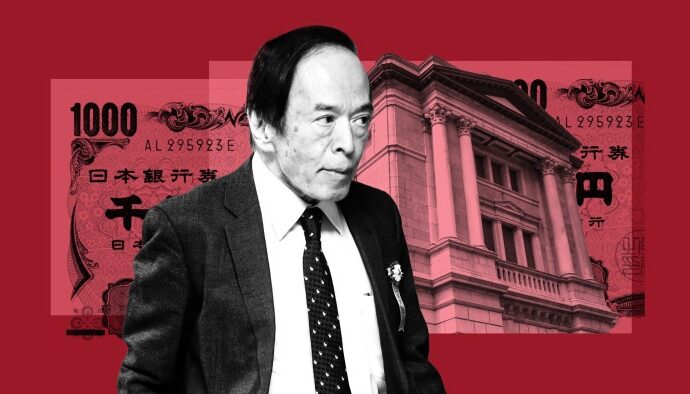Unlock the Editor’s Digest for free
Roula Khalaf, Editor of the FT, selects her favourite stories in this weekly newsletter.
Taiwan plans to raise defence spending by almost a quarter next year in an effort to show the US its determination to strengthen itself against threats from China.
The increase, if approved by parliament, would lift Taiwan’s defence spending to more than 3.3 per cent of GDP, above that of most Nato member countries apart from the US, Poland and Estonia.
“It demonstrates in concrete terms to the world and our own people that we are determined and able to safeguard our sovereignty and security . . . and fulfil our responsibilities,” premier Cho Jung-tai said when presenting the cabinet’s draft budget on Thursday.
The sharp increase comes as US President Donald Trump’s ambiguous stance towards Taiwan has raised anxiety in Taipei over the risk that Washington could back away from its support for the country’s security.
China claims sovereignty over Taiwan and threatens to annex it by force if Taipei resists unification indefinitely. In recent years, the People’s Liberation Army has regularised patrols and exercises near Taiwan at an increasing scale, moves that US military leaders have warned raise the risk that Beijing could act on its long-standing threat.
However, Elbridge Colby, US under secretary of defence for policy, has said Taiwan is “not existential” for US interests and has accused Taipei of a lack of seriousness about its defence. He has demanded the country raise its defence spending to 10 per cent of GDP — a level military experts consider impossible because the US has denied repeated requests by Taipei to acquire high-priced defence equipment.
In contrast to former president Joe Biden, who repeatedly said US forces would intervene if China attacked Taiwan, Trump has refused to clarify if he would do so. Before taking office, Trump characterised Taiwan as a free-rider on US security support and said the country should “pay” the US because Washington was providing insurance.
Under US law, Washington considers any effort to determine Taiwan’s future by non-peaceful means as of grave concern to the US. The law commits it to providing Taiwan with defensive weapons and maintaining its capacity to resist coercion that would jeopardise its security.
The cabinet’s budget plan would raise total defence spending to NT$949.5bn (US$31.1bn), or 3.32 per cent of the latest 2026 annual GDP forecast.
Hsieh Chi-hsien, director of the defence ministry’s comptroller bureau, said this was an increase of 22.9 per cent over this year’s budget.
It remains unclear how much of the planned defence spending will be supported by the opposition, which used its legislative majority to cut or freeze significant portions of this year’s budget.
But the government’s ambitious military expenditure plans put pressure on the opposition to honour commitments to support increasing defence spending.
The government included expenditure for veterans’ affairs, such as military pensions, and for the coastguard in its total figure for the first time this year, adopting Nato’s definition of core defence spending.
The budget drafted before this accounting shift put defence spending at 2.45 per cent of GDP. It would be 2.8 per cent under the new calculation, Hsieh said.
At its summit in June, Nato set a target of 5 per cent of GDP spent on defence by 2035. This would include 1.5 per cent on security-related areas, such as making infrastructure more resilient, and 3.5 per cent on core defence requirements.

